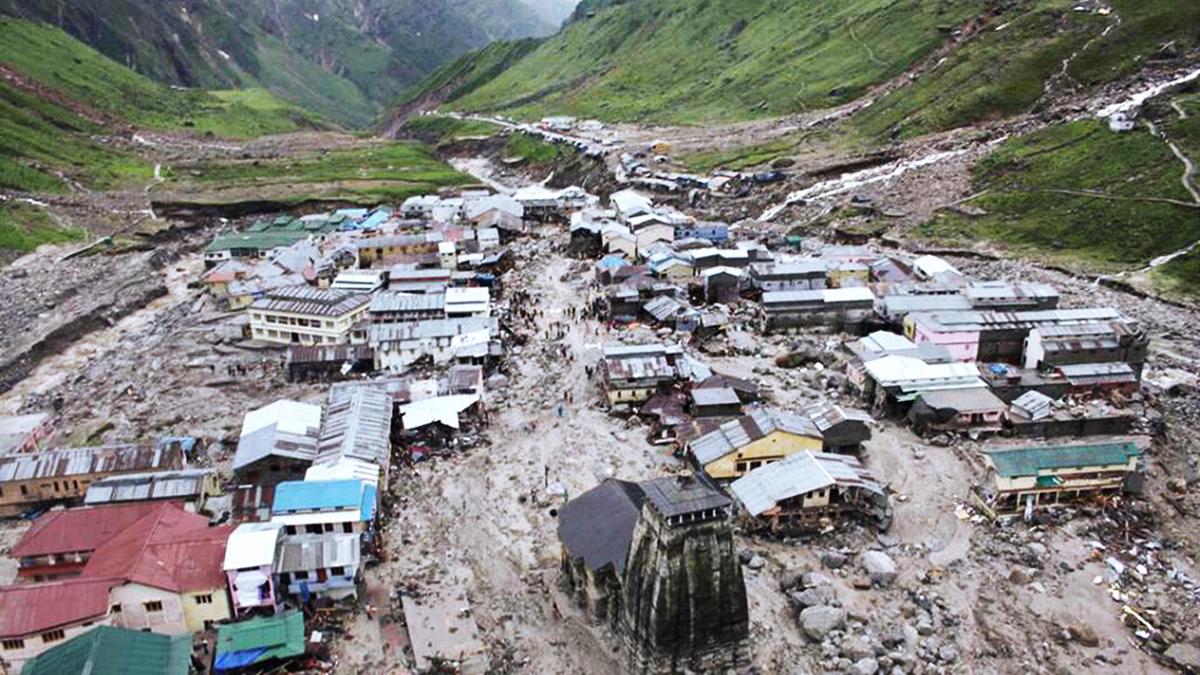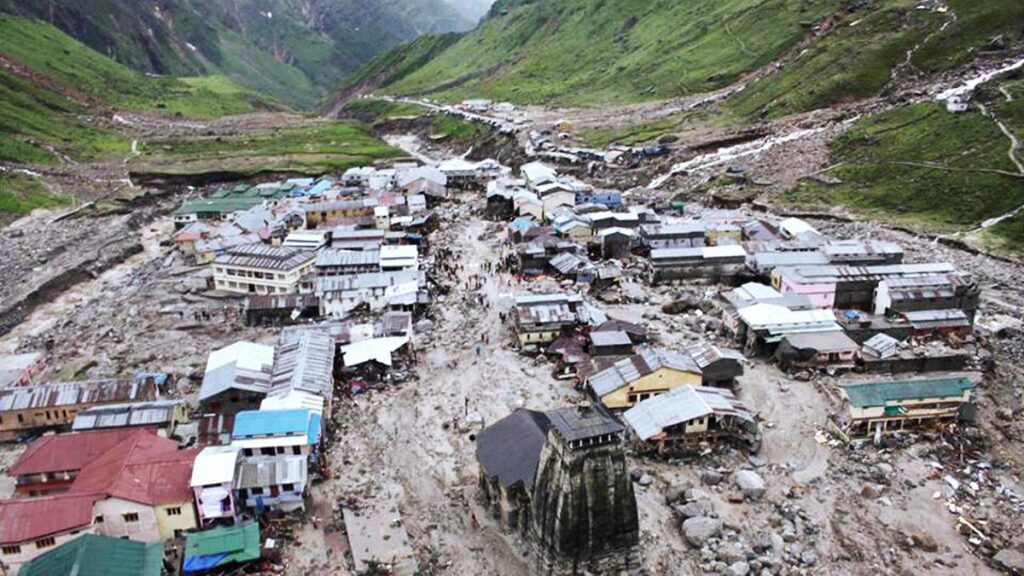Now Reading: Himalayan Turmoil Captured in Striking Images
-
01
Himalayan Turmoil Captured in Striking Images
Himalayan Turmoil Captured in Striking Images

Quick Summary
- Flood and landslide impact: Multiple regions in Uttarakhand and Himachal Pradesh have experienced severe flood-related disasters over the past decade, leading to meaningful damage to infrastructure, including roads, bridges, temples, and residential areas.
- key incidents highlighted:
– 2013: Kedarnath Temple area suffered damage due to floods in uttarakhand’s Rudraprayag district.
– 2016: Landslides in Pithoragarh caused destruction following torrential rains.
– 2017-2021: Landslides and floods damaged roads and bridges in Himachal Pradesh (Mandi district) and Uttarakhand (Joshimath area).
– August 2024: Pilgrims stranded near Kedarnath were rescued using IAF helicopters during landslide-hit conditions.
- Ongoing relief operations: As of August 2025, rescue teams including NDRF (National Disaster response Force), SDRF (State Disaster Response Force), Indian Army personnel, BRO officials, among others are conducting efforts across affected areas like Gangnani village.
(images from the article below)
!1200/NDRVM…”>Image
Indian Opinion Analysis
Natural disasters such as floods and landslides are recurring challenges for geographically vulnerable states like Uttarakhand and Himachal Pradesh. The documented destruction of critical infrastructure-temples vital to spiritual tourism and vital transport links like highways-highlights their broader implications on local economies heavily reliant on pilgrimage-based tourism activities.
While efforts at disaster management by response forces are commendable-and evidently improving-long-term mitigation plans must prioritize lasting development practices. This requires addressing upstream factors such as deforestation or unregulated construction that exacerbate environmental vulnerability. Policy frameworks tailored toward disaster-resistant infrastructure could significantly reduce future losses while aiding safer urban development strategies. Local residents’ safety must align alongside preserving fragile river ecosystems integral!< href full txt-link> *@identity end Read more Ensure resilience.messages-alignments underneath-tier
























